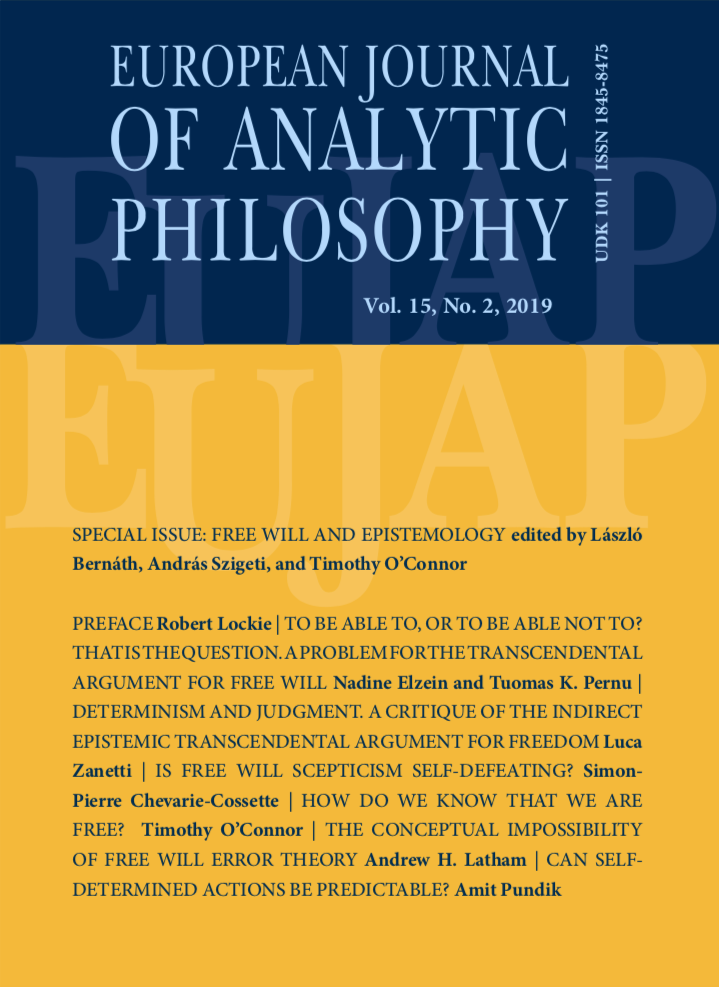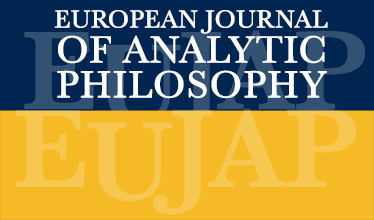BOOK REVIEW
Kengo Miyazono and Lisa Bortolotti, PHILOSOPHY OF PSYCHOLOGY: AN INTRODUCTION, Cambridge, Polity Press, 2021, ISBN-13: 978-1509515486 (paper), ISBN-13: 509515488 (e-book), Hardcover, $ 40.89, Paperback, $20.00, e-book, $24.95 DOWNLOAD PDF
David Grčki (University of Rijeka, Faculty of Humanities and Social Sciences)
© 2022 David Grčki
In their book, Philosophy of Psychology: An Introduction, Kengo Miyazono and Lisa Bortolotti offer an accessible overview of the various fields that are relevant to philosophy and psychology, from rationality and self-knowledge to autism and delusions. In the introduction authors state that “providing a clear definition of philosophy of psychology is challenging and perhaps not very helpful” (5) and add that in their view word ‘psychology’ is “somewhat similar to cognitive science” (5). Unlike other introductory books in philosophy of psychology that deal with theoretical foundations of scientific psychology and cognitive science, the distinguishing feature of the present book is its implicationst perspective. Myazono and Bortolotti are interested in providing an accessible discussion regarding the philosophical implications of various empirical studies for our conceptions as rational and self-knowing creatures. The underlying motif that cuts across the chapters of the book is that human cognition and agency are imperfect, i.e. they fail to meet certain ideal normative standards.
The book is meant to be used as a introduction to philosophy of psychology. The structure of its chapters fittingly reflects this aim. Each chapter begins with simple and clear definitions of main concepts and ends with questions about the content of the chapter and additional material in a form of articles, books, and online resources. The book contains eight chapters (excluding Introduction and Conclusion): Rationality, Self-Knowledge, Duality, Moral Judgment, Moral Motivation and Behaviour, Free Will and Responsibility, Delusions and Confabulation and Autism and Psychopathy.
In the first chapter Rationality, Miyazono and Bortolotti are attempting to provide an answer to a difficult question; are human beings rational? They admit that “rationality means different things in different contexts (18) and focus on a specific form of rationality that equates to “reason in accordance with the principles of reasoning that are based on rules of logic, probability theory and so forth.” (19). After discussing the most prominent research (The Wason selection task, The conjunction fallacy and others) which shows how people systemically fail to reason according to the rules of logic and probability theory, they arrive at the pessimistic conclusion that humans may very well be less than rational.
In the second chapter Self-Knowledge, authors are asking; how much can we know about ourselves? Miyazono and Bortolotti define self-knowledge as “the sophisticated capacity to consider one’s own beliefs and reflect on one’s own choices (in deliberation and self-examination or in interpersonal settings such as discussion with others)” (46). The authors address array of concepts related to self-knowledge (most notably introspection and privilege access) and analyse various empirical studies to see how reliable self-knowledge is. They advocate for the moderate view in which self-knowledge is reliable in some cases, depending on a part of the mind the self-knowledge is associated with.
Building on the previous chapter, in chapter Duality, the authors argue that the mind is fragmented and the way to explain how is The Dual process theory. The Dual process theory states that the mind is fragmented in two distinct processing modes of reasoning – fast, automatic and non-conscious (type 1) and slow, controlled and conscious (type 2). At the end of the chapter, they conclude that while having certain problems, The Dual process theory is plausible.
The next topic Miyazono and Bortolotti tackle is moral judgment. The main aim of this chapter is to make sense of people’s moral judgment by using the framework of The Dual process theory. They argue that “moral judgments are determined by the interaction between two kinds of processes: an emotion based process and reasoning based process” (105, 106), which corresponded to type 1 and type 2 processes. Although, there are several issues that arise from this (the interaction question and the processing question), authors maintain that this is a correct and fruitful way to discuss the nature of moral judgments.
In their next chapter, Moral Motivation and Behaviour, Miyazono and Bortolotti discuss the role of moral emotions and affective empathy as well as their relation to moral motivation and behaviour. The authors’ approach is to examine two hypotheses: the empathy-altruism hypothesis and the empathy benefit hypothesis. The first states that our empathy induced behaviour is genuinely motivated by altruism and the second states that it is motivated by morally beneficial consequences. Relying on studies by Batson (2001, 2011, 2018), Miyazono and Bortolotti argue that the former hypothesis has more merits than the latter.
In the chapter Free Will and Responsibility Miyazono and Bortolotti are trying to give answers to two questions; are humans free agents?, and how much freedom do they have? Authors start by examining the best scientific arguments against free will (various arguments from epiphenomenalism) and argue that the best available psychological and neuroscientific evidence does not support epiphenomenalism. They, again, take the middle road by claiming that humans do not completely lack the free will but “are not as free as we might think” (165).
The last two chapters in the book––Delusions and Confabulation and Autism and Psychopathy are thematically unique. The former focuses on unusual behaviours that can be a product of a pathological or neurodivergent condition and the latter focuses on two neurodivergent conditions––autism and psychopathy. Miyazono and Bortolotti argue that these topics are important because they “(…) provide us with useful data for thinking about mind and cognition in general” (192).
In Delusions and Confabulation, the authors state that these are psychological and behavioural phenomena which are characterized by people misrepresenting reality. They admit that both concepts are hard to define. Delusions are defined by formation process; reasoning abnormally and perceiving abnormally. Confabulations are defined as symptoms “(…) of disorders involving severe memory impairments, such as dementia and amnesia” (214). Miyazono and Bortolotti investigate whether these sort of distortions of reality are distinct from other forms of irrationality. After considering various empirical research and arguments they conclude that they do not differ from other forms of irrationality and that their pathology cannot be accounted for by relying on rationality alone.
In the chapter Autism and Psychopathy, Miyazono and Bortolotti explore the nature of these neurodivergent conditions. Autism spectrum disorder refers to a spectrum of conditions that are characterised by “persistent deficits in social communication and social interaction across multiple contexts, as manifested by deficits in social-emotional reciprocity, non-verbal communication and developing, maintaining and understanding social relationships” (229). Psychopathy refers to “(…) a condition in which a person demonstrates remarkable tendency to engage in anti-social behaviour, which is often diagnosed according to the Psychopathy Checklist-Revised (PCL-R) by Robert Hare” (241). The authors claim that autism is usually defined by mindreading deficits (mindreading is an ability to attribute mental states to other people) and psychopathy by empathy deficits. They argue that autism and psychopathy are complex phenomena and that while mindreading and empathy are important for understanding both phenomena, they are not essential.
In the conclusion, I would like to say that this is precisely written and well-structured book. The book covers various topics, but each topic serves a unique and relevant purpose for understanding the philosophy of psychology. The structure of the book offers a natural progression from highly abstract topics, such as, rationality, to very specific topics, such as autism and psychopathy. I would like to recommend this book to anyone who is interested in implications of psychological/empirical studies for traditional philosophical topics regarding what makes us human.


